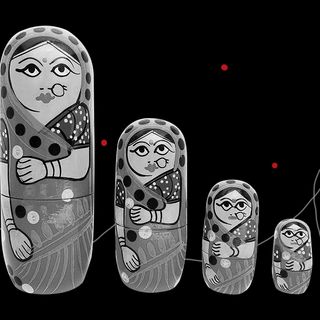The Covid19 lockdown has exacerbated an already almost-ubiquitous phenomenon — the post-lunch dip. What could once be walked off during office hours has now become inescapable as workforces around the world find themselves cooped up in their homes, where lie sofas, beds, and isolation. What, exactly, causes this lull?
The main reason for the early afternoon slump is our body’s digestive process. Right after eating lunch, which most people do in the early afternoon, our bodies start breaking down the food we’ve eaten to generate energy for our bodies to get through the rest of the day. This results in increased blood flow to the small intestine, which compromises blood flow to the brain, therefore causing sleepiness. If the person has skipped breakfast that day, then the plummeting of blood flow to the brain is worse, making the post-lunch dip more intense, research shows.
The quality of food we consume also affects how severely one experiences a post-lunch dip. Diets rich in vegetables, for example, lead to lower post-meal fatigue than those that include fast food and soft drinks, a 2018 study showed. Certain sugary foods tend to trigger the production of insulin by the pancreas, which then breaks down the sugars into glycogen within human cells. Excessive consumption of such foods leads to excessive secretion of insulin, which “causes the essential amino acid tryptophan to move into the brain. Once in the brain, it leads to increased production of serotonin and melatonin, which are two neurotransmitters that have a calming effect and help regulate sleep,” nutritionist Robbie Clark tells HuffPost Australia. Similarly, carbohydrate-loaded foods such as bread, potatoes and rice also trigger the production of serotonin, which makes us feel sleepy.
Related on The Swaddle:
Has Lockdown Made Us Reconsider the Work-From-Home Fantasy?
Another reason for the post-lunch dip is the natural ebb and flow of humans’ circadian rhythms. “This rhythm is nature’s way of telling us when to work and when to rest. And in the afternoon, our bodies go into recharge mode,” New York-based psychologist Paul Hokemeyer tells Time. By afternoon, most people have already stayed awake for seven hours, after which it is natural for humans to want to go to sleep. Combined with the drowsiness that accompanies the digestion of food, and the post-lunch dip becomes an inescapable obstacle to tackle during the work day.
While most people experience post-lunch dips, the intensities of their experiences vary. Some don’t experience the lull at all. The diversity in this experience has kept most modern work operations running staunchly between 10 a.m. and 6 p.m., with only a few cultures having adapted their workdays to accommodate the post-lunch dip.
In order to ensure productivity during the afternoon lull, experts recommend eating breakfast, indulging in smaller meals throughout the day, ensuring a balanced diet full of macro-nutrients, and exercise from time to time to stay alert. Despite these precautions, the post-lunch dip remains a natural, biological phenomenon. To counter the subsequent lack of productivity, organizational experts also suggest rearranging workdays to allow for the completion of easier tasks during the afternoon that take less brainpower, to accommodate afternoon food comas.




